The best physical therapy center in Ajman
الزيارات: 10340
البلد:
الإمارات
المنطقة:
عجمان
Tendinitis
Tendonitis is an inflammation or allergy to the tendon, a thick fibrous cord that connects muscles to bones. Inflammation may occur in any tendon, but it is more common around the shoulders, elbows, wrists, and ankles.
Types of tendonitis
Common names for various tendinitis problems are:
• Tennis elbow facility
Golfer’s elbow golfer attachment
Swimmer's shoulder
• Pitcher's shoulder
Jumper's knee
Most medications and rest relieve pain and inflammation in most cases of tendinitis, but in severe cases where the tendons are torn, you may need surgical repair.
Symptoms of tendinitis
Signs and symptoms occur directly outside the joint, at the point where the tendon connects to the bone. Initially it includes:
Pain described as blunt pain.
Redness
Mild tumor
Causes of tendonitis
Although tendonitis may be caused by an injury as a result of one sudden action, the problem is likely to be caused by the recurrence of a particular movement over time.
Most people develop tendinitis because their jobs or hobbies involve frequent movements that exacerbate the condition of the tendons needed to get the job done.
Tendonitis is also common in people whose daily activities involve strange postures, frequent stretching over the head, fluctuation, or strong stress.
Factors that increase the risk of developing tendonitis
• Age: The older you get, the more resilient the tendon, the more vulnerable you are to injury
• Some occupations: jobs that require frequent or sudden movements, vibration, forceful effort, or frequent loads
• Some types of sports: running, jumping, tennis, golf, basketball, bowling, swimming and baseball.
The risk of neglecting tendinitis
Without proper treatment, the tendons may rupture, and surgical intervention is required
Treating tendonitis at home
• Although rest is an essential part of treating tendonitis, lack of long-term activity may cause stiffness in your joints. So, a few days after the affected area is completely rested, gently move it across its full range of motion to maintain joint flexibility.
Snow: Apply ice immediately to the affected area, even if you seek medical help. Apply an ice pack to the affected area, or immerse it in a bath of ice cubes for 15 minutes. Repeat every two to three hours during the waking hours during the first two to three days. Cold reduces swelling and inflammation, and may also slow bleeding in the event of a muscle or ligament tear.
Compress: Wrap the affected area with a rubber band until the tumor stops. Do not damage the severely affected area, as it may interfere with circulation. Start draping from the far side of the heart. Relax the gang as the pain increases, the area becomes numb, or if a tumor appears beneath the wrapped area.
Raising the affected area above the level of the heart: especially at night. For example, you can raise the injured ankle on pads. Gravity helps reduce the tumor by draining excess blood and fluid.
Gently move the joint over its full range of motion four times daily. Then provide comfort to him. Wearing a splint, rubber band, or hanger may help.
Tendonitis is an inflammation or allergy to the tendon, a thick fibrous cord that connects muscles to bones. Inflammation may occur in any tendon, but it is more common around the shoulders, elbows, wrists, and ankles.
Types of tendonitis
Common names for various tendinitis problems are:
• Tennis elbow facility
Golfer’s elbow golfer attachment
Swimmer's shoulder
• Pitcher's shoulder
Jumper's knee
Most medications and rest relieve pain and inflammation in most cases of tendinitis, but in severe cases where the tendons are torn, you may need surgical repair.
Symptoms of tendinitis
Signs and symptoms occur directly outside the joint, at the point where the tendon connects to the bone. Initially it includes:
Pain described as blunt pain.
Redness
Mild tumor
Causes of tendonitis
Although tendonitis may be caused by an injury as a result of one sudden action, the problem is likely to be caused by the recurrence of a particular movement over time.
Most people develop tendinitis because their jobs or hobbies involve frequent movements that exacerbate the condition of the tendons needed to get the job done.
Tendonitis is also common in people whose daily activities involve strange postures, frequent stretching over the head, fluctuation, or strong stress.
Factors that increase the risk of developing tendonitis
• Age: The older you get, the more resilient the tendon, the more vulnerable you are to injury
• Some occupations: jobs that require frequent or sudden movements, vibration, forceful effort, or frequent loads
• Some types of sports: running, jumping, tennis, golf, basketball, bowling, swimming and baseball.
The risk of neglecting tendinitis
Without proper treatment, the tendons may rupture, and surgical intervention is required
Treating tendonitis at home
• Although rest is an essential part of treating tendonitis, lack of long-term activity may cause stiffness in your joints. So, a few days after the affected area is completely rested, gently move it across its full range of motion to maintain joint flexibility.
Snow: Apply ice immediately to the affected area, even if you seek medical help. Apply an ice pack to the affected area, or immerse it in a bath of ice cubes for 15 minutes. Repeat every two to three hours during the waking hours during the first two to three days. Cold reduces swelling and inflammation, and may also slow bleeding in the event of a muscle or ligament tear.
Compress: Wrap the affected area with a rubber band until the tumor stops. Do not damage the severely affected area, as it may interfere with circulation. Start draping from the far side of the heart. Relax the gang as the pain increases, the area becomes numb, or if a tumor appears beneath the wrapped area.
Raising the affected area above the level of the heart: especially at night. For example, you can raise the injured ankle on pads. Gravity helps reduce the tumor by draining excess blood and fluid.
Gently move the joint over its full range of motion four times daily. Then provide comfort to him. Wearing a splint, rubber band, or hanger may help.
0 تعليقات على The best physical therapy center in Ajman
الرجاء تسجيل الدخول حتى تتمكن من وضع تعليق.
0 الملاحظات على The best physical therapy center in Ajman
الرجاء تسجيل الدخول حتى تتمكن من وضع ملاحظة.
THE PRIVATE CARE CENTER FOR PHSIOTHERAPY





المستخدم منذ ذلك الحين: Jul 22, 2020
مشاهدة جميع الإعلانات »
00********اظهار رقم الهاتف
00********عرض ال واتساب
الإعلانات المماثلة

40
التمريض المنزلي في الامارات
الإمارات
تم وضع الإعلان إلى الصحة و الجمال

40
ما هو أفضل علاج لالتهاب الكتف؟
الإمارات, الشارقة
تم وضع الإعلان إلى الصحة و الجمال

40
هل العلاج الطبيعي هو نفسه إعادة التأهيل؟
الإمارات, الشارقة
تم وضع الإعلان إلى الصحة و الجمال

40
أفضل وأرخص مركز علاج طبيعي لعلاج آلام الظهر في الشارقة ودبي
الإمارات, الشارقة
تم وضع الإعلان إلى الصحة و الجمال

 English
English
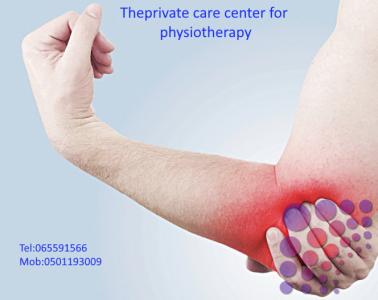
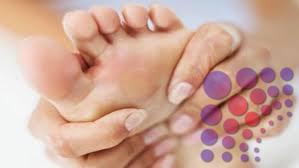

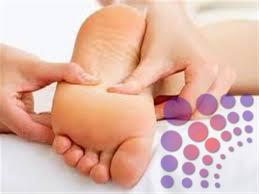

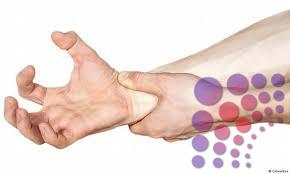
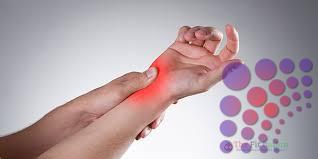
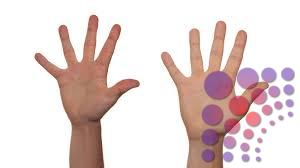
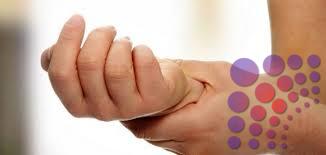
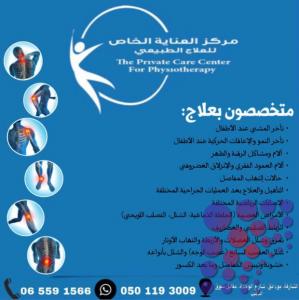


 Email
Email
